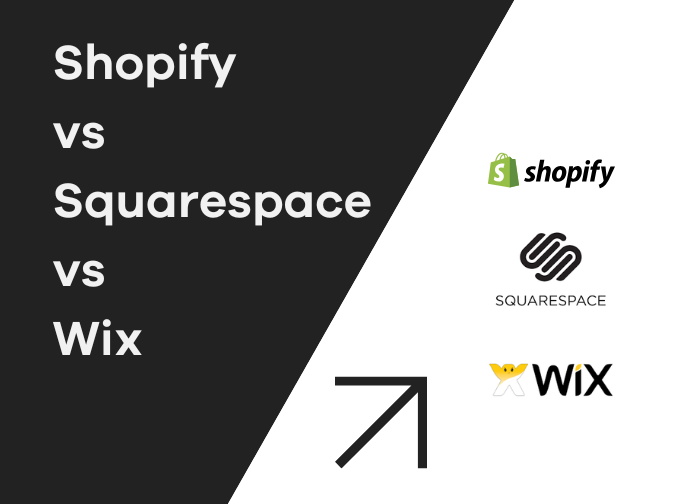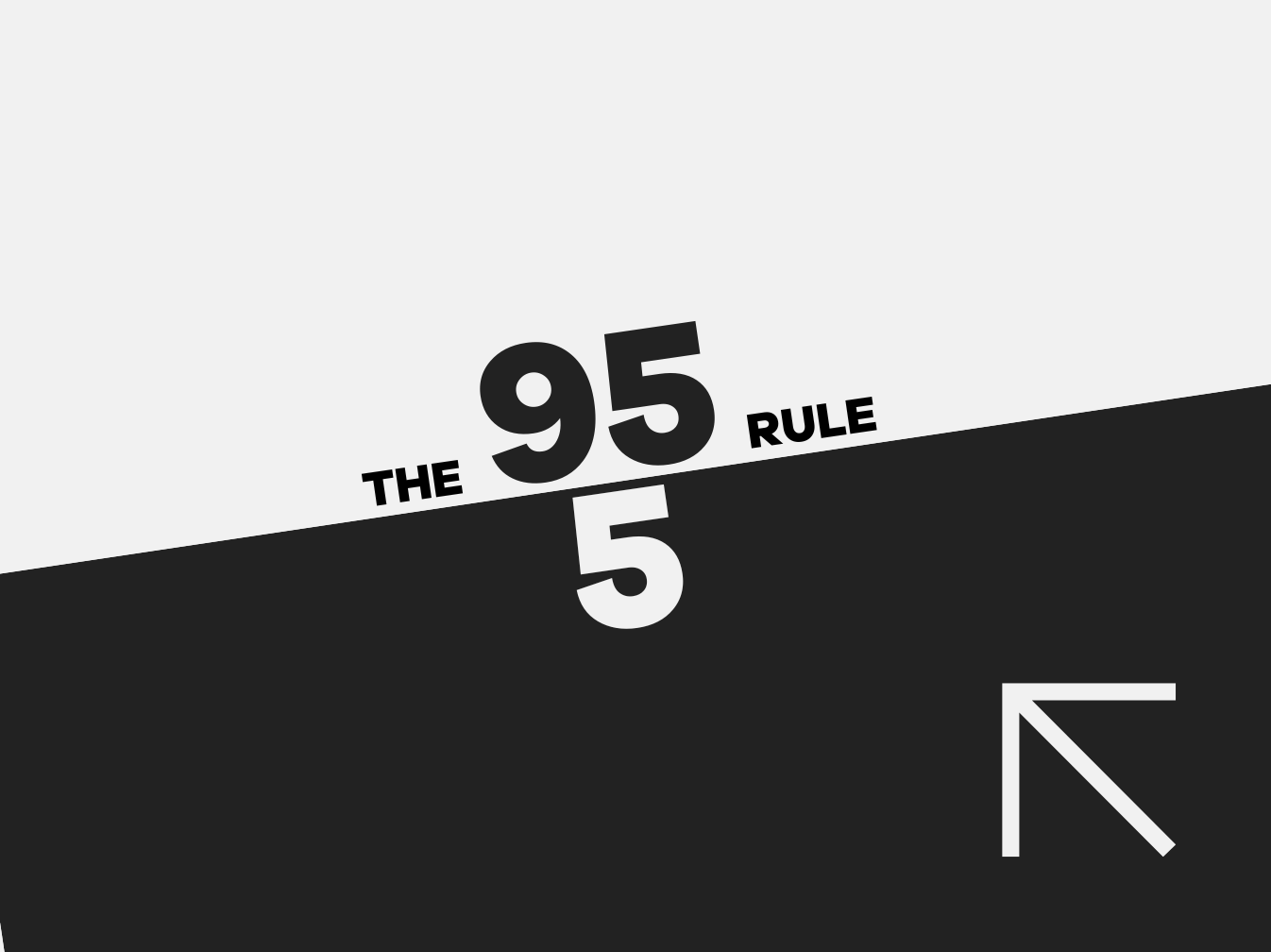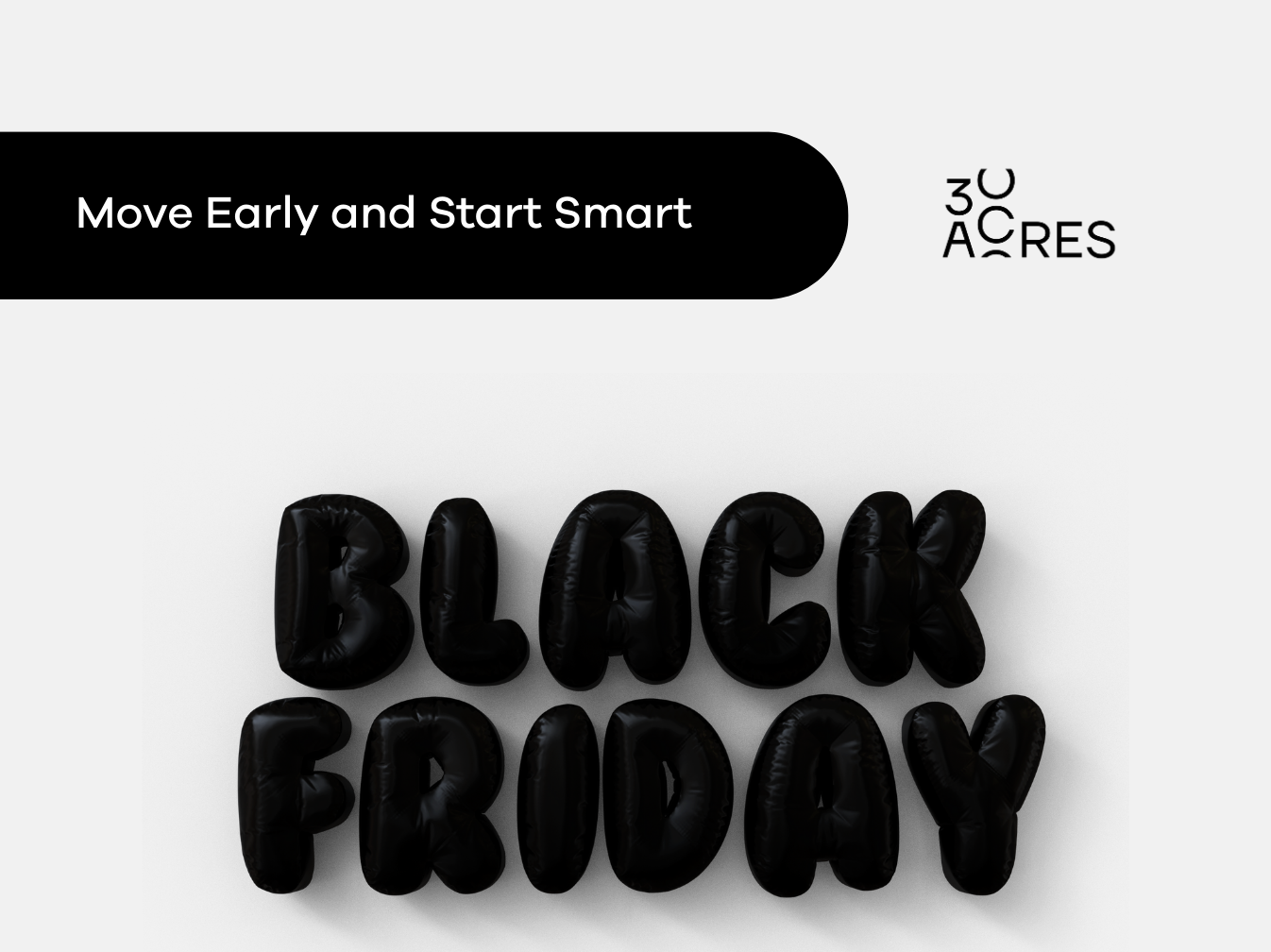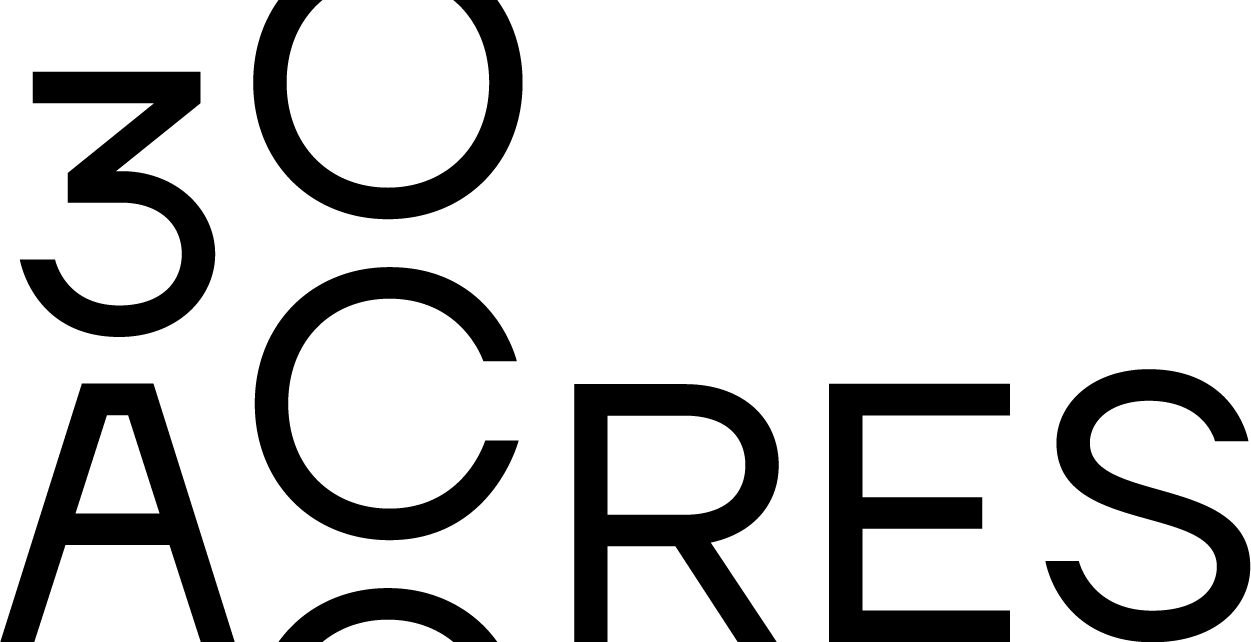Blog
When it comes to eCommerce, choosing the right platform is one of the most important decisions you’ll make. Wix and Squarespace offer attractive design tools and are great for beginners, but for bu...
Read moreThe 95:5 Rule: Why Most Brands Lose Customers Before They Even Start Shopping
Most brands put all their energy into the here and now: the next campaign, the next discount, the next sale. But the reality is that most of your customers aren’t even ready to buy today. As our ar...
Read moreConsumer Behaviour in the Lead-Up to Black Friday / Cyber Monday (BFCM)
As BFCM edges closer, shoppers shift into research mode, deals start flying earlier, and the path to purchase sprawls across search, social, marketplaces, email, and stores. Here’s what recent data...
Read moreDon’t Just Hit “Send All”: Smarter Segmentation for Q4
As Q4 ramps up, inboxes get louder. Every brand is fighting for attention, and the temptation is strong: load up your biggest promotion, hit send all, and hope for record revenue. But here’s the re...
Read moreSupporting Positive Change for Marine Life
At 30acres, we’re proud to be a 1% for the Planet partner, supporting organisations driving real environmental impact. One of these is Positive Change for Marine Life (PCFML), a local not-for-profi...
Read more30Acres is Officially B Corp Certified, Here’s What That Really Means
At 30Acres, we’ve always believed in building more than just eCommerce solutions. We’re here to create a business that’s thoughtful, responsible, and driven by values. Today, we’re proud to share t...
Read moreWhy Your Business Needs an Optimised Google Business Profile in Australia
When someone searches for your business or services online, there’s a good chance their first stop isn’t your website, it’s your Google Business Profile (GBP), previously known as Google My Busines...
Read moreHow smart Sign-Up Forms Drive Flows, Segmentation & Growth Beyond Q4. Too often treated as a one-time discount pop-up, they’re actually a powerful tool for driving long-term engagement and grow...
Read moreAccessibility Isn’t Optional: Why It Belongs in Every Shopify Store Strategy
As Shopify developers, designers, and strategists, we spend a lot of time thinking about how people interact with online stores - what they notice, what they don’t, and what gets in the way. One th...
Read moreSmarter Stores Start with Shopify Magic
If you’ve spent any time in the Shopify admin lately, you’ve probably noticed something new - AI-generated descriptions, suggested subject lines, automated replies, even blog post starters. Shopify...
Read more









